Project: Aegean-Baltic Corridor
In the same interview, Eng. Markov stated that the construction of the future metallurgical plant Kremikovci 2 forced "Large Infrastructures Projects" to seek logistical solutions for the transportation of huge loads of ore, iron, steel, and cast iron. This led to the development of the largest, according to him, infrastructure project in all of Europe - the "Aegean Sea to Baltic Sea Connection and Danube River," as he calls it. This project dates back to 2019 and was supposed to pass through 6 countries: Greece, Bulgaria, Romania, Hungary, Slovenia, and Poland.
Apart from railway lines and highways, two new ports were supposed to be built - in Maronia, Greece, and on the Vistula River in Poland. Part of the project developed by "Large Infrastructures Projects" is to correct the Danube River and its branches with locks and four new bridges. Something that is absolutely impossible from an ecological point of view.
This project also includes another one - the Danube-Aegean Highway for 2.2 billion euros. This project almost duplicates the current route of the Ruse-Veliko Tarnovo highway.
It is just as ambitious as the others, with a comedic element even.
During the presentation of one of the viaducts, the mayor of Veliko Tarnovo municipality, Daniel Panov, asked how they would bypass Tsarevets and Trapezitsa. Rumen Markov replied, "We will raise the highway 150 meters above them."
Project: Railway Line Craiova-Sofia-Thessaloniki
The megaprojects of "Large Infrastructures Projects" do not stop here.
On April 13, 2017, Rumen Markov presented, at the European Commission building in Sofia, the project for a two-way high-speed railway line Craiova-Sofia-Thessaloniki. The route was planned to include the construction of a dam on the Danube River, 15 tunnels totaling 15,550 meters in length, a 3-kilometer tunnel under the Vlahina River, new bridges over the Struma River, new railway stations combined with malls and retail parks.
The presentation was extensively illustrated with multimedia, drawings, photos of futuristic tunnels, and even train schedules. When asked how long it would take to realize this idea, Markov replied, "We can be ready by 2021."
Project: New Route of the Struma Highway
The most eccentric part of the project by "Large Infrastructures Projects" is that instead of the recently opened Zheleznitsa tunnel, two 3-story tunnels were supposed to be built. A structure unknown and unseen in our country so far. Trains were supposed to pass on the first level, cars heading to Kulata on the second, and those heading to Sofia on the third.
Another significant part of this project is the construction of a 10-kilometer tunnel under the Belasitsa mountain, which would lead directly into Greece. The current road through the Kresna Gorge would remain unchanged.
This idea suspiciously resembles the project of the green non-governmental sector, which for years has been lobbying for a 15-kilometer tunnel in the Kresna Gorge, backed by a Swiss company.
During the presentation, a scandal erupts, with some of the attendees leaving and others directly accusing Markov of aiming to sabotage the completion of the Struma Highway through the Kresna Gorge.
This suspicion is not unfounded. Three days ago, Rumen Markov once again attempted to sabotage the completion of the Struma Highway through the Kresna Gorge in a podcast, presenting the above-described project again.
At the same time, in complete synchrony with the green non-governmental organizations, they repeat their arguments against the harm of building the highway, regardless of its route.
Connections with the green non-governmental sector
It is evident from media publications and Facebook posts that regular attendees at Rumen Markov's presentations include representatives of environmental non-governmental organizations. Interestingly, the greens in no way react to proposals for the construction of metallurgical plants, mines, highways, tunnels, bridges, dams, and river corrections. These megastructures would pass through protected areas, Natura zones, and reserves.
There is another fact confirming the relationship between "Large Infrastructures Projects" and the greens.
For quite some time, Rumen Markov has been continuously criticizing the construction of the tunnel under Shipka. The ecologists do the same. To thwart it, Toma Belev, as deputy minister of environment and water, included the tunnel route within the boundaries of the Bulgarka Nature Park. This action was appealed by the Gabrovo municipality, as it completely blocked the construction of the tunnel.
There is still one question left unanswered:
Who funds the development of these grandiose projects and their ambitious presentations, considering that "Large Infrastructures Projects," as of the date of the project presentations, has zero revenue, as Eco News found out from a check of the commercial register.
There is no data that any of the projects of "Large Infrastructures Projects" have been implemented, or at least in any form of procedure, but Rumen Markov continues to be invited to media and listened to by political figures.

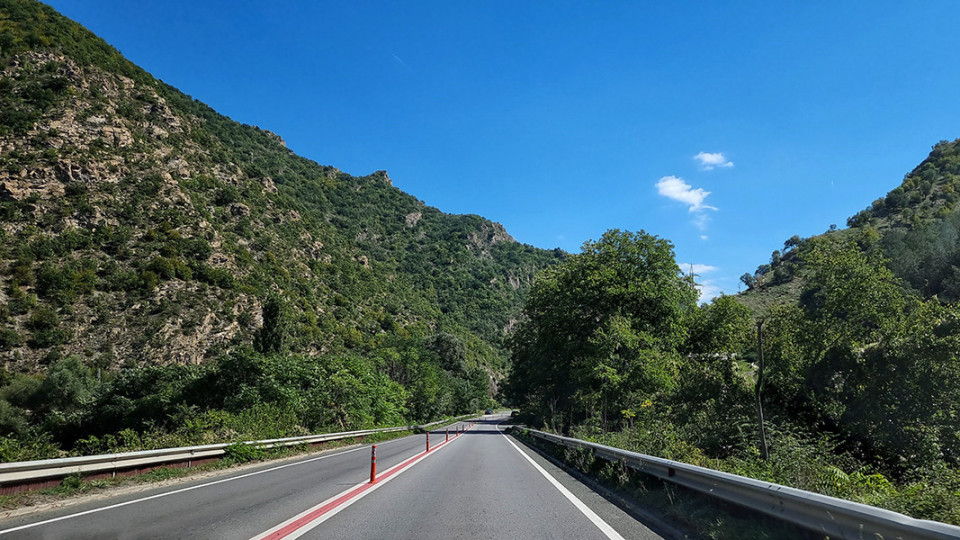
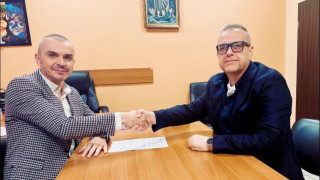
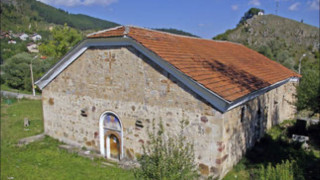
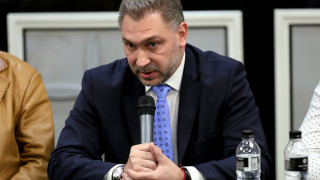
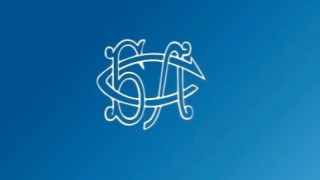


Коментирай